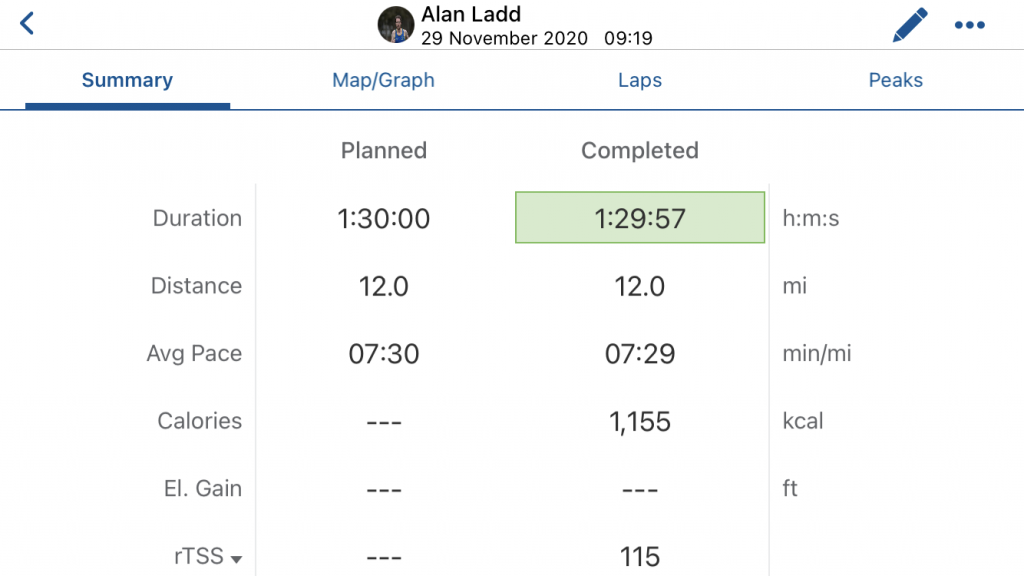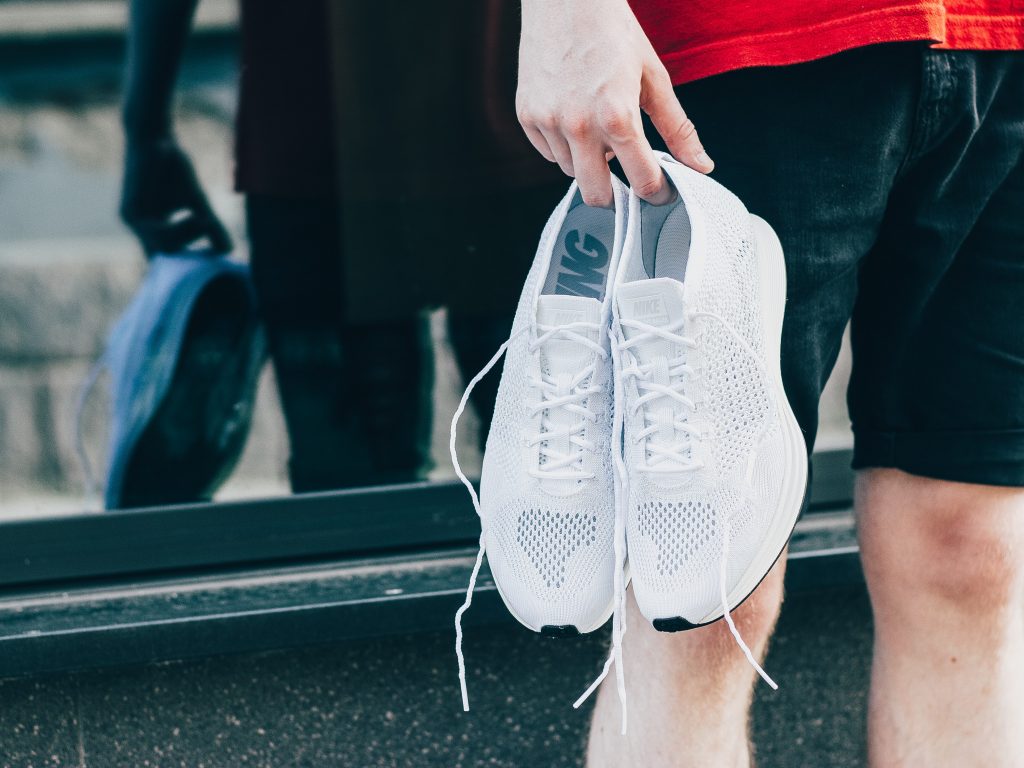10 reasons why investing in my running was a no-brainer

This year I hired an online running coach and it has significantly enhanced my training and life. This may come as a bit of a surprise to some given that I am a running coach myself and my own running has improved a lot in the last few years while I’ve largely coached myself.
I want to share with you some of the reasons I chose to work with another coach and some of the additional benefits I got as a result.
- New coach, new ideas
Ever feel like your training plans are getting a bit stale? Mine have developed over the years by following and adapting various training plans. Although there was quite a range of sessions I’d built up, I’d naturally started gravitating to the ones I typically prefer.
However, my coach has put in some new session formats I’d not tried before. This really helps keep training fresh and motivation high. It also means my bank of sessions to choose from in the future has increased.
- Tackle weak areas
Whilst focusing more on sessions I enjoyed, I was sometimes neglecting sessions that would work on my weaker areas. It’s easy when you are your own coach to skip those hill sessions or strength work that you don’t enjoy as much.
Having someone else coaching you means you don’t get let off the hook as easily. It’s also great to get advice on how to make those tougher sessions seem a little less daunting.
- Know how hard to push
Quite often in the past I would be guilty of either pushing too hard or not pushing hard enough. The level was sometimes quite subjective to mood rather than objective to fitness levels.
I still do think that the individual knows their own body best but it’s incredibly useful having an independent coach who has expectations on what you should be able to achieve in a session. Sometimes it acts to push me a little harder than I’d ideally like and sometimes it holds me back a little from an unnecessary high level of effort.
- Accountability
Essentially, a coach gives you accountability in what you are doing. Instead of wimping out on that final push of a tempo run or dropping that easy run because it was wet outside, I now know that somebody else is watching what I am doing.
- Get back time
One of the biggest reasons for getting a coach was to free up my own time and energy that I would previously have used putting together my own training schedule. Or worse still, trying to figure out day to day what I should be doing in times where I hadn’t done my own schedule.
I always found that my own training plan was always the one I wrote last and occasionally it didn’t get done at all. Now I don’t need to worry. I always know in advance what I’m doing and I don’t have to think too much about it. Sure, I’ll contribute to the overall structure but I don’t need to deal in the specifics.
- First hand advice
One of the key benefits of having a coach is being able to bounce ideas off them. I am of course dictating the goals I want to achieve but I can now have a discussion with someone else as to the best way to get to those goals.
I can also get feedback on specific sessions that went well or not so well and how to handle the ups and downs. A coach can be much more objective when my own reaction to sessions may be a bit more erratic depending on how I feel it went.
- Use someone else’s experience
Having someone coaching me who is a much more experienced runner is a massive boost. I can get valuable insights not only into training but mental and physical preparation and racing. It’s also inspiring to work with someone who is competing at such a high level themselves.
- Improve own knowledge
I am a believer in continuous learning and that your overall knowledge is shaped by the interactions you have. Especially now when it is harder to meet and train with other people, I think it makes complete sense to work with someone else online.
The sharing of thoughts and knowledge helps to become multi dimensional in your own approach and I’m sure that comes through in my own coaching.
- Build up support network
A coach can open doors to other fitness professionals they know that may be able to help you on your journey. I’m currently doing a weekly online strength class recommended by my coach. It could be a physio, nutritionist or therapist, all of which are great to have recommendations for.
- Tap into potential
I’m not getting any younger and realise there is probably a limited time window to hit the times I want to. I’m still improving as a runner and I see older runners still improving too but I want to make sure I’m doing the most I can to get the most out of myself now. I don’t want to look back and think ‘what if?’.
Invest in yourself
I’ve known I was serious about my running for a long time now but actually taking it to the next level and investing in myself solidifies that commitment. Does it guarantee success? Of course not. But I firmly believe it greatly increases the chances.
In what ways could you invest in yourself and what benefits would you see?






